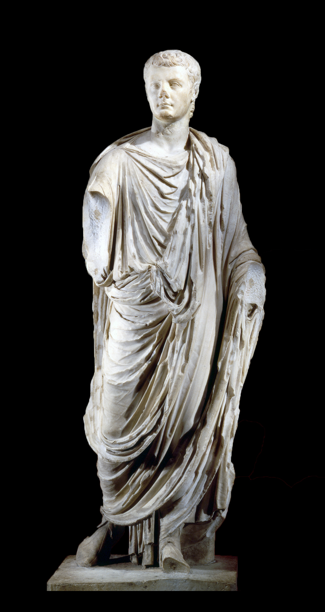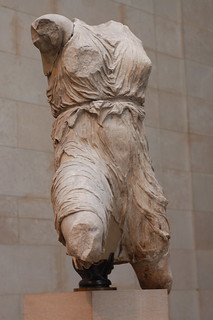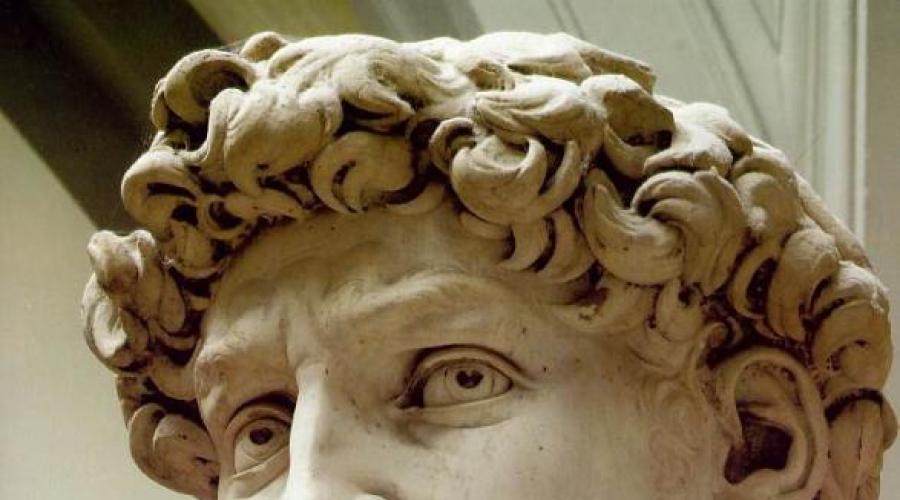Both are composed of calcite caco 3 other types of stone which are composed of silicate minerals such as granite or sandstone are intrinsically more resistant to acid attack.
Why does acid rain attack marble statues.
Acid rain can damage buildings historic monuments and statues especially those made of rocks such as limestone and marble that contain large amounts of calcium carbonate.
Although acid rain gases may originate in urban areas they are often carried for hundreds of miles in the atmosphere by winds into rural areas.
The marble has caco as the major component.
Acid rain effects on buildings.
Acid precipitation affects stone primarily in two ways.
Effects of acid rain.
Sulfur dioxide plus water makes sulfurous acid.
Stone surface material may be lost all over or only in spots that are more reactive.
The reaction between caco and h so acid is caco s h so aq caso aq co g h o l caso is slightly soluble in water.
Acids have a corrosive effect on limestone or marble buildings or sculptures.
When sulfurous sulfuric and nitric acids in polluted air and rain react with the calcite in marble and limestone the calcite dissolves.
Acid rain has also attacked the chiseled words on some tombstones rendering them unreadable.
Old statues monuments and tombstones are vulnerable to acid rain because they were made of limestone.
It is well established that either wet or dry deposition of sulfur dioxide significantly increases the rate of corrosion on limestone sandstone and marble.
How does acid precipitation affect marble and limestone buildings.
Sulfur dioxide an acid rain precursor can react directly with limestone in the presence of water to form gypsum which eventually.
That is why forests and lakes in the countryside can be harmed by acid rain that originates in cities.
In exposed areas of buildings and statues we see roughened.
This is worse when the rock is limestone.
When sulfurous sulfuric and nitric acids in polluted air react with the calcite in marble and limestone the calcite dissolves.
Acid rain acid rain effects on human made structures.
Acids in the rain react with the calcium compounds in the stones to create gypsum which then flakes off.
The most notable effects occur on marble and limestone which are common building materials found in many historic structures monuments and gravestones.
That s why acid rain dissolves statues made of marble.
The acids in acid rains can react with caco by producing soluble salts.
In exposed areas of buildings and statues we see roughened surfaces removal of material and loss of carved details.
Buildings and statues made from rock are damaged as a result.
Although many different types of stone have been used for sculpture the most vulnerable to potential acid rain damage are marble and limestone steiger 2015 the former is essentially a recrystallized form of the latter.
Acid deposition also affects human made structures.













































